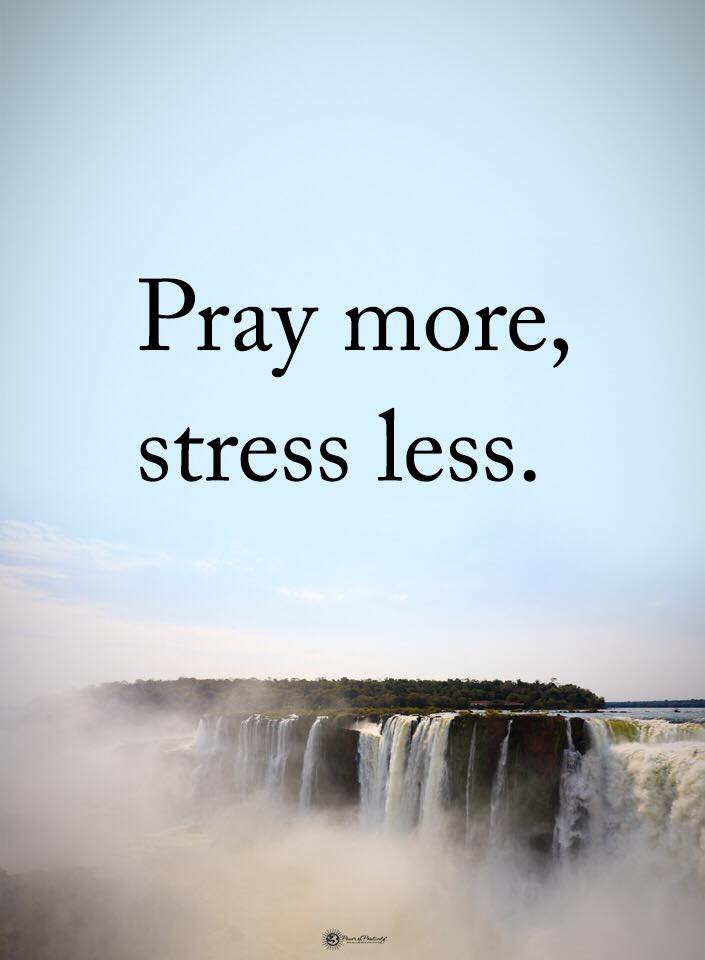Obsessive-compulsive disorder has become a famous phrase to describe when someone cleans excessively or likes order. However, this anxiety-based condition is multifaceted and involves much more than someone who wants a clean home. The folks who suffer from this mental health disorder have compulsions or obsessions that repeatedly cause them to do the same things.
People with OCD feel like their life is on a merry-go-round where they must repeat the same behaviors and can’t seem to get out of the loop. It’s a stimulus-response that results in a pattern. For instance, someone afraid of germs might wash their hands multiple times.
You may feel that your hands are contaminated and perceive danger from the germs, so you wash compulsively. While cleaning your hands is good, this individual will wash them until they’re raw to eliminate the threat. This condition affects 1.2 percent of the population in this country, according to statistics gathered by the National Library of Medicine.
The same study found that this disease occurs in adults and children, affecting women more than men. It’s important to note that obsessive-compulsive disorder is not a single symptom, like hand washing. However, it’s a set of compulsions that dominate your life. The same person who washes their hands over and over might also keep verifying the stove to make sure it’s off or locking and relocking the front door.
Understanding the Difference Between Obsessions and Compulsions
Obsessions are unpleasant, rhythmic thoughts, urges, or psychological pictures that generate anxiety and stress. The most common obsessions observed by the mental health community include:
- Aggressive thoughts
- Impulsive behaviors
- Forbidden thoughts
- The need for symmetry and balance
- Fear of germs or pollution from outside sources
On the other hand, compulsions are behaviors that must be done repetitively. The person with this mental health disorder gets into a pattern of negative thoughts and feels compelled to act out to calm these notions. Here are some of the most common compulsions observed:
- Rituals that involve counting things
- Checking and rechecking things like the stove, doors, kids, etc.
- Arranging things in a precise way
- Excessive handwashing
- Preoccupation with bathing
Here’s where it gets tricky. A person preoccupied with counting rituals or handwashing might not be diagnosed with this mental health disorder, as it can signify other conditions. However, combining obsessions and compulsions helps paint a better picture for the treating physician.
Diagnosing Obsessive-Compulsive Disorder
You might like to keep your hands clean, but the compulsion doesn’t elevate to that of someone who has OCD. People who have this disorder are caused great distress by their symptoms. For a psychiatrist to diagnose someone with this condition, they must meet specific criteria defined in the DSM 5 or the Diagnostic and Statistical Manual of Mental Disorders. Symptoms that meet these criteria include:
- The inability to defuse distressing thoughts or behaviors, ruminations.
- Spending excessive amounts of time on ritualistic or compulsive behaviors
- Occupational, social, and interpersonal impairment exists because of the obsessions and compulsions
- Other comorbidities like depression or substance abuse. Many feel the need to self-medicate
- Relief from anxiety when engaged in compulsive behaviors
- The need for orderliness may stem from past traumas.
There are many facets to obsessive-compulsive disorder, so it’s so much more than just a motto used to describe someone who likes their home to be tidy. The person with this condition is suffering and needs help. They entrap their mind with negative thoughts that cause them great anxiety.
Four Types of Obsessive-Compulsive Disorder
The disease is divided into four types or subcategories to complicate the condition further. A person may suffer from one or many kinds, and it can often be tricky to figure things out. It takes a skilled psychiatrist or mental health professional to peel back the layers and see what’s going on under the surface.
When a doctor first meets a patient, they will consider their symptoms. These symptoms can be placed into distinct categories or dimensions, as they call them in the mental health community. Additionally, these symptoms can also include compulsions and obsessions alike.
Type 1: Contamination
The first and most recognized category of this condition is contamination. Folks that fall into this group are afraid of germs and their space becoming unkempt. It’s the most talked-about of the subcategories of this disorder, but it’s certainly not the only one to consider. Here are some signs that a person has an issue with contamination:
- Excessive cleaning – vacuuming, mopping, dusting
- Created spaces they deem as clean or safe to dwell
- Sterilizing and disinfecting constantly
- Purging any items that they believe are bringing germs into their space
- Constantly changing their clothes
Type 2: Intrusive Thoughts
Everyone has intrusive thoughts, but the person suffering from obsessive-compulsive disorder finds that they’re repetitive and can be vile. These thoughts cause this person a great deal of distress or anxiety. The ideas can be anything from disturbing to violent.
For instance, one person may not get into the car because they fear they will have a wreck. They may see an accident scene with all the gore in their mind’s eye. They feel these are warning signs of impending doom coming if they get into the car, so they may refuse to drive.
Another person might have disturbing fantasies. For instance, they may feel that they’re going to cause harm to someone they love. The problem is that these thoughts become so real that they interfere with a person’s life. Here are some common ruminating thoughts these folks experience:
- Doubting the love of their partner
- Obsessed by sexual thoughts that are disturbing in nature
- Believing that if you think something terrible, it will cause that thought to manifest
- Fixating on religion or religious issues
- Fearing that a person will act violently against the ones they love
- Intrusive thought patterns that inhibit their ability to function
Type 3: Hoarding
You’re probably pretty familiar with the hoarding aspect of this condition, as depicted on TV, and you can see it driving through your neighborhood. The person that suffers from this type of obsessive-compulsive disorder refuses to get rid of things like worn-out possessions because they feel they will need them later.
They will save items with little to no value and take up valuable space. Many of these individuals frequent yard sales, antique stores, dumpsters, thrift stores, and other outlet-type settings. They don’t need the things they collect, but they’re fearful of being without mixed piles.
Many of these individuals feel that they can sell the items for a profit should they fall on hard times. These folks will develop an emotional attachment to these items regardless of condition or value. Hoarding is divided into categories since it’s such a vast issue alone, they are:
- Preventative – The person believes harm will come to them or someone else if they throw something away. For instance, they might not want to put glass in the trash because someone can get cut.
- Deprivation – In this instance, the person won’t throw anything away because they might need it later. They feel that they will use it or make money from it later.
- Emotional – Finally, the last type of hoarder holds on to things because they believe they’re of high emotional value. They may have old dolls, games, toys, or other items from their childhood or their children. Anything that has memories attached to it is complicated for them to get rid of.
Type 4: Checking
The final type of OCD is where a person has an obsession with checking things. They’re fearful that the house will blow up from the gas fumes if they leave the stove on. So, they will check the stove twenty times before they go to bed to make sure it’s off.
The need to check and recheck is a compulsion that drives them mad. They may fear they left the water on or left an unlocked door. They might also be afraid they wrote an email for work with errors that will cause them to be fired. Thus, they will check the email repeatedly.
Final Thoughts on Obsessive-Compulsive Disorder
While it seems that obsessive-compulsive disorder is overwhelming, it’s a very treatable condition. Since it’s anxiety-based, it’s known to respond well to psychotherapy as well as other treatments. The ruminations that come along with this condition are hard to ignore, but others suffer from the need for orderliness.
This condition might display as many different things, but the core of these behaviors is an anxiety disorder. There are varying degrees of severity, and it’s common to run in families. According to the National Library of Medicine, the genetic links to this mental health disorder are definitive.
If you or a loved one is suffering from obsessive-compulsive symptoms, you should seek help sooner rather than later. This condition is progressive and will only worsen as the ruminations take over.

















 Community
Community

